Keirin: Japan’s High-Stakes Cycling Phenomenon and Billion-Dollar Betting Industry
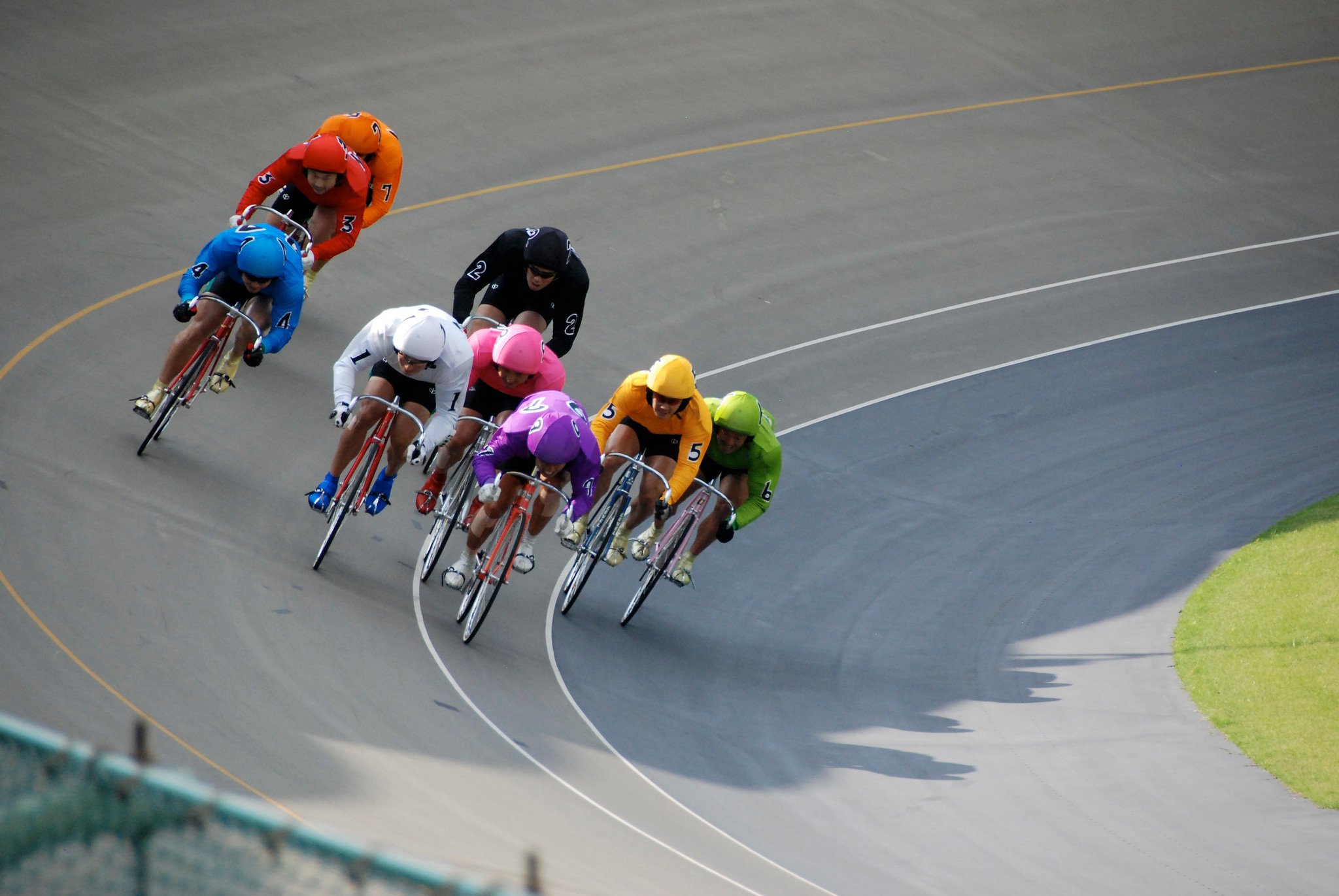
The Unique Allure of Keirin: Where Racing and Gambling Collide
Keirin racing is a vivid spectacle unique to Japan, featuring nine cyclists in bold, colorful jerseys and distinct helmets as they race on seemingly outdated, steel-framed bikes reminiscent of bygone decades. These thrilling competitions aren’t just about athletic prowess-they are deeply intertwined with Japan’s gambling culture, attracting wagers worth billions every year. But what historical and cultural factors propelled this niche cycling sport into the spotlight of mainstream Japanese betting?
Origins of Legal Keirin Betting in Japan
In Japan, sports betting faces strict legal restrictions, prohibiting wagering on most popular sports such as sumo or baseball. Keirin, though, has stood as a significant exception since its inception at the Kokura velodrome in 1948.
After World War II, Japan urgently needed to fund national reconstruction. The government allowed betting on keirin, channeling a portion of proceeds to rebuilding efforts. Although the country’s infrastructure was restored decades ago, wagering on keirin persists, now generating an impressive $10 billion annually.
Keirin is among just five sports in Japan with legally sanctioned betting, and the funds raised continue to support public services and infrastructure improvements today.
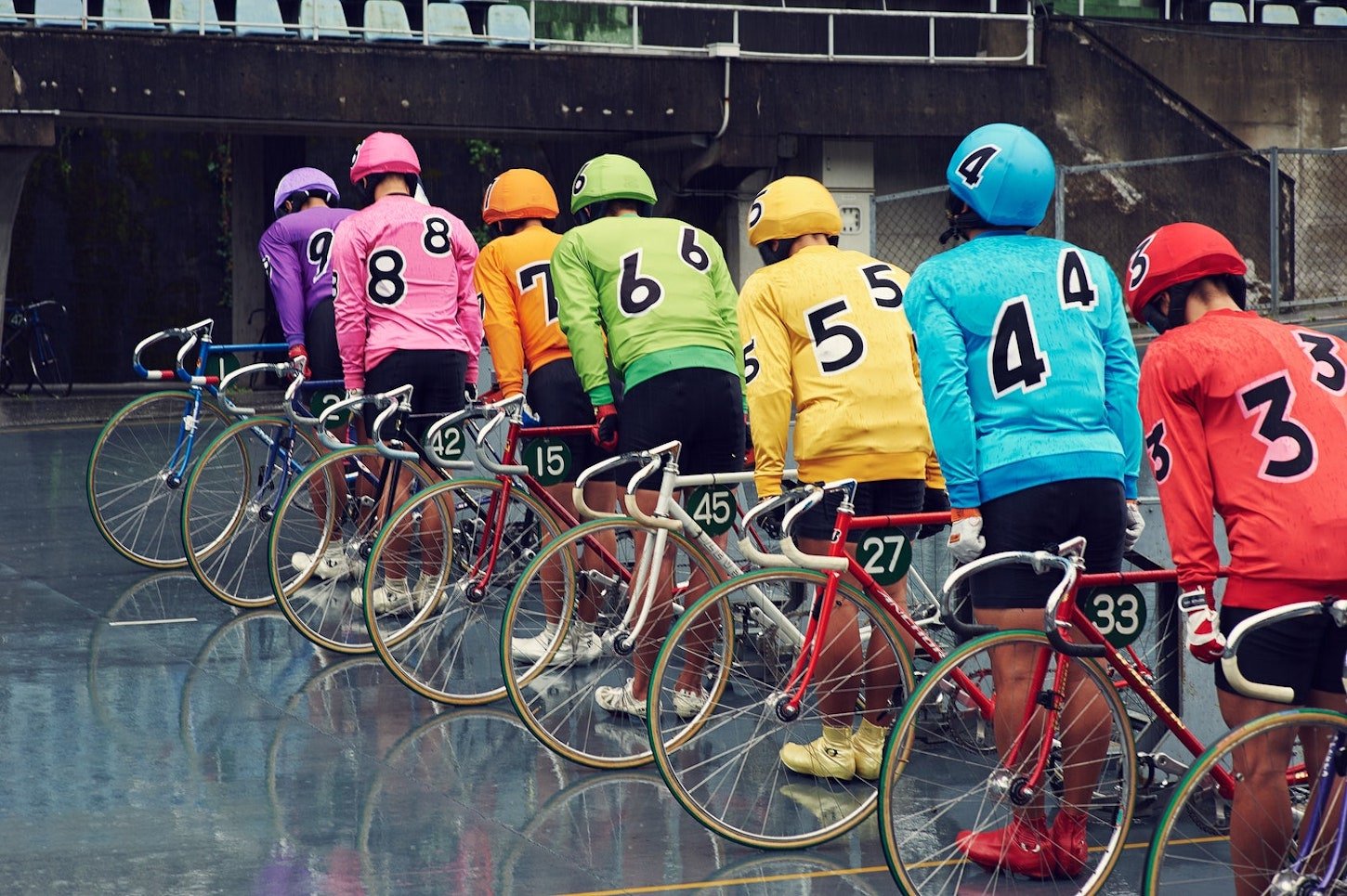
Throughout the year, keirin races are a regular event, but the Grand Prix stands as the pinnacle-a prestigious race featuring the nation’s top nine riders. Betting reaches a fever pitch for this event, drawing more wagers than the entire British horse racing season.
Betting options are straightforward: spectators can back the winner, top finishers, or test their luck with specialty wagers such as “Dokanto! 7,” where bettors must predict seven race winners in a row, often resulting in jackpot-sized payouts if unclaimed prizes roll over to future races.
The Billion-Dollar Boom: Growth of Keirin Betting
Keirin’s betting industry has experienced remarkable growth in both overall wagers and the ways people place their bets.
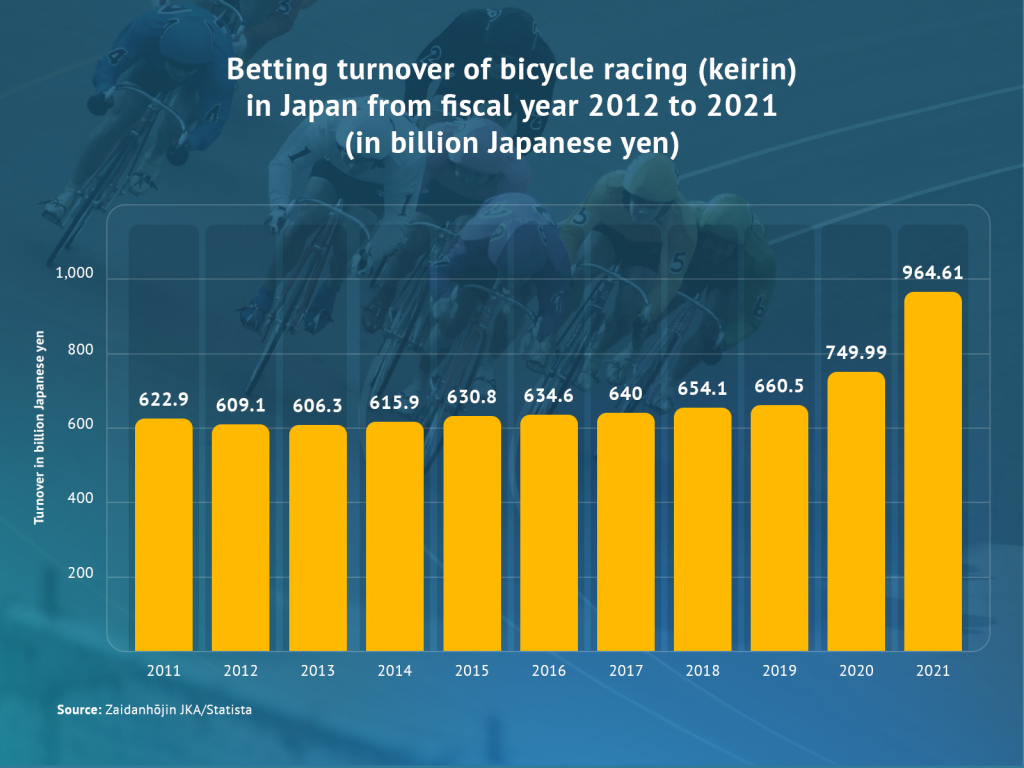
From 2013 to 2019, total betting on keirin consistently climbed, encompassing tickets sold via traditional outlets, phone lines, and off-track agencies. In 2020 and 2021, betting turnover soared, rising by over ¥200 billion (~$1.35 billion) to ¥964.61 billion in 2021 alone-a clear indicator of the sport’s growing financial impact.
A closer look reveals dramatic changes in how fans place their bets:
- In 2021, ¥728.6 billion of the total turnover came from online betting.
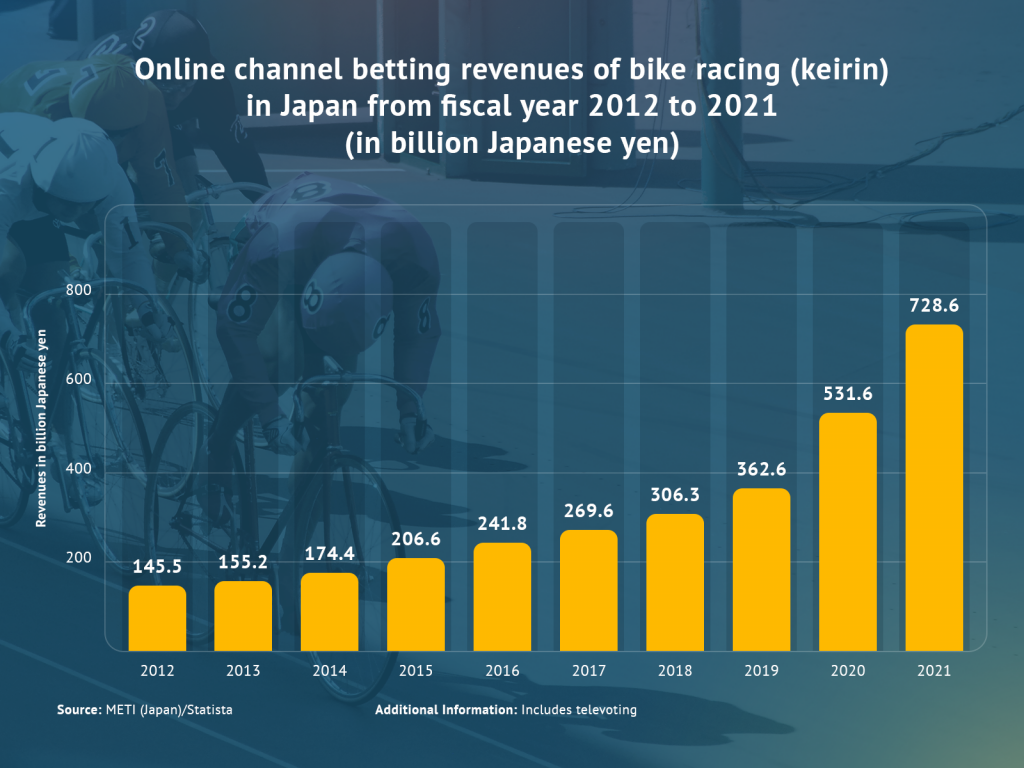
Surprisingly, the shift to online betting is notable even though most bettors are older adults, who historically preferred in-person gambling. This transition accelerated during the COVID-19 pandemic, as spectators were barred from attending races and online platforms became the prime avenue for wagering.
Conversely, in-person betting at tracks is shrinking. In 2021, only ¥12.3 billion was wagered directly at velodromes.
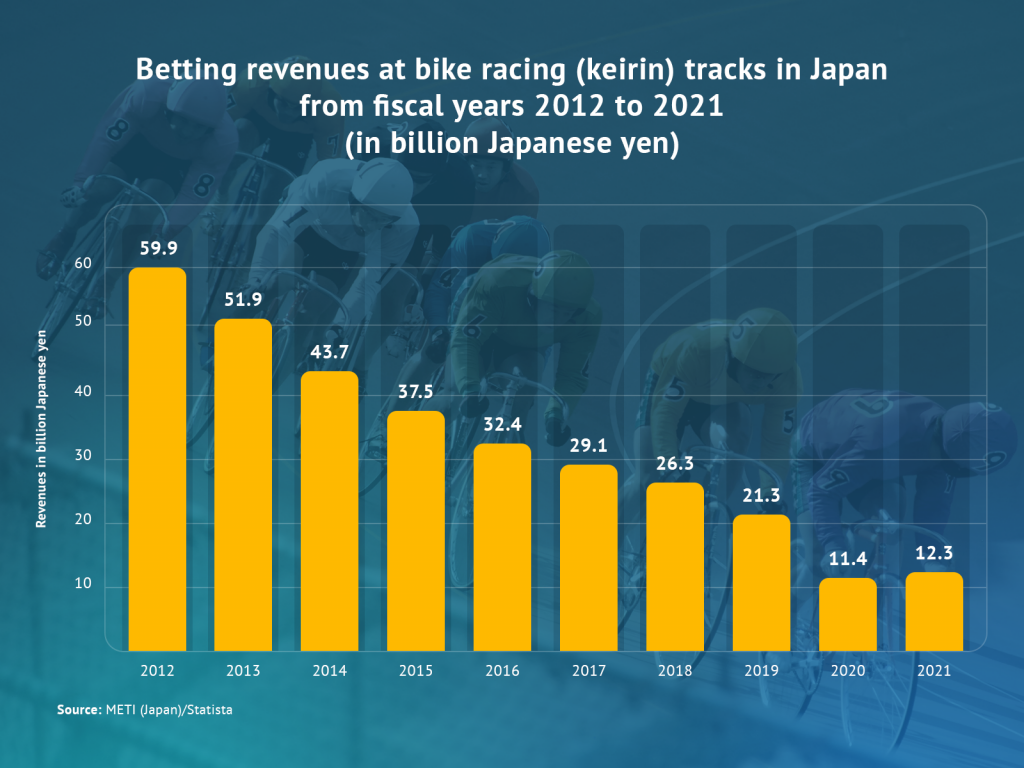
Attendance at live races has also dwindled, with only 1.36 million people attending in 2021-a steep decline from the 4.69 million recorded in 2012. The migration from in-person wagers to online channels can be attributed to convenience, pandemic-driven habits, and, potentially, keirin’s less-than-sterling reputation, which sometimes discourages open association with the sport.
Inside a Keirin Race: Rules and Rituals
Keirin has remained largely unchanged since its first race in 1948. The race distance varies by gender and rank, ranging from 1,600 meters (approximately a mile) for women and beginner men to 2,800 meters for the elite Grand Prix.
The format is distinctive:
- Riders begin behind a pacing motorcycle, which accelerates from 16 mph to around 30 mph.
- The pacer pulls off with about 650-760 yards remaining, leaving the cyclists to sprint to the finish.
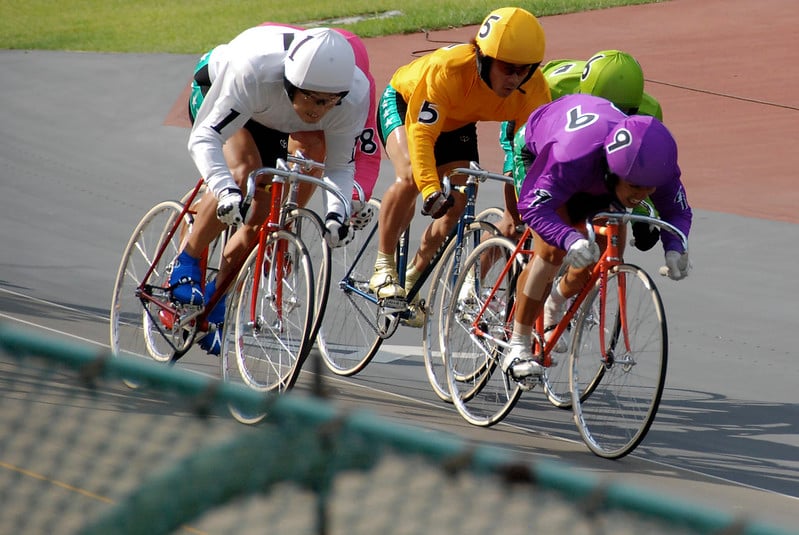
Ahead of each race, riders must declare their strategic intention:
- **Senko:** Leading from the front for most of the final sprint.
- **Makuri:** Attacking with less than a lap to go.
- **Oikomi:** Reserving all energy for a sprint in the final 100 meters.
Keirin events often span several days and include multiple races, necessitating rigorous anti-corruption measures. Riders’ movements are strictly controlled-they have no access to phones, share dormitories, and aren’t allowed to look at the crowd during a race, minimizing the risk of outside influence or match fixing. These safeguards arose following notorious scandals involving organized crime syndicates in the sport’s early years.
Equipment regulations are equally stringent. Every bike must conform to standards set by the Japan Bicycle Association-chromoly steel frames, no brakes, and single gears, assembled only by certified craftsmen.
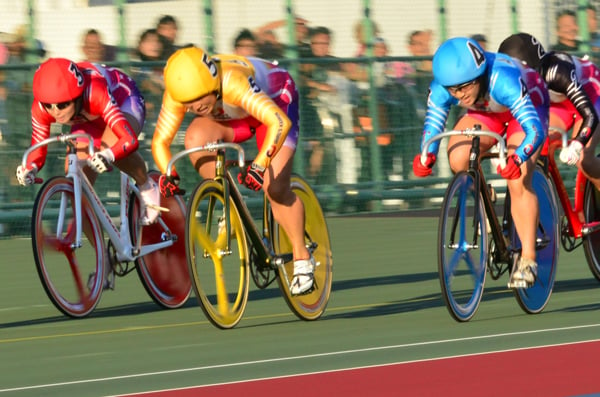
Women’s races, revived in 2012 after a long ban, offer some technological reprieve-female competitors are allowed to use lightweight carbon fiber bikes in place of the traditional steel models.
The Rigors of Keirin School: Training Japan’s Racing Elite
To enter keirin’s professional ranks, hopefuls must first graduate from the exclusive Japan Keirin School in Izu. Admission is highly competitive-less than 10% of applicants earn a spot, with annual enrollment typically between 90 and 100 students.

Life at keirin school is demanding and regimented. Students reside in shared dormitories for 11 months, following a strict daily schedule:
- 6:30 am wake-up followed by morning runs.
- Rigorous training such as hill sprints and weightlifting.
- Afternoon classes on keirin history, tactics, rules, and mechanics.
- Hands-on sessions building and disassembling bicycles.
- Lights out by 10:00 pm.
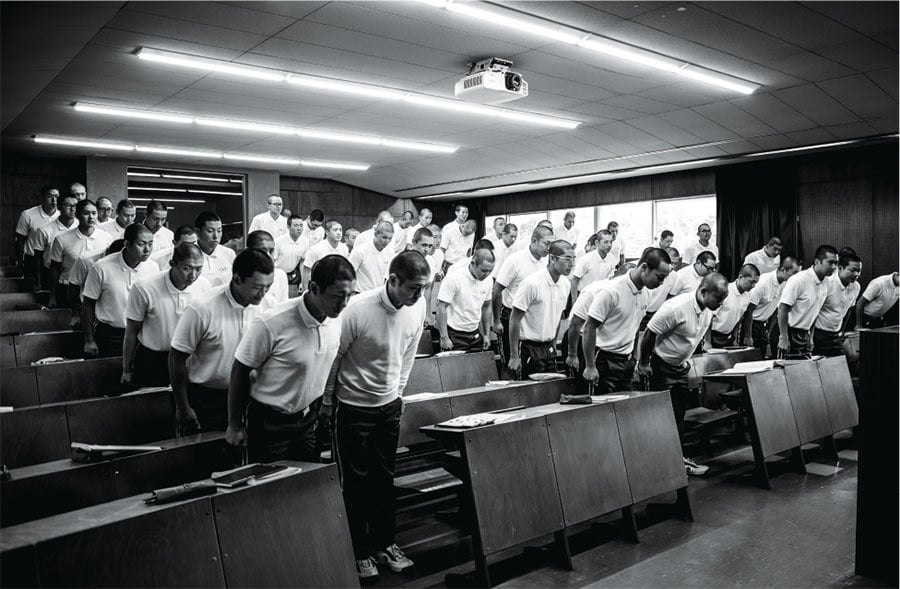
While most students are Japanese citizens aged 18-23, elite foreign cyclists (including Olympians) are sometimes invited to join the keirin circuit; they complete a compressed two-week induction before competing.
The financial rewards are significant. In 2021, the average professional keirin rider earned ¥11.07 million (just under $80,000) in prize money-substantially more than Japan’s national average salary of roughly ¥6.1 million.
Why Japan’s Top Riders Skip the Olympics
Japan’s professional keirin scene supports over 2,300 registered riders. Yet, when it comes to the Olympics, the country is notably absent from the winner’s podium, with only a single bronze medal since keirin’s Olympic introduction (men in 2000, women in 2012).
The rules and race formats differ: Olympic keirin uses modern, aerodynamic bikes, allows fewer participants per race, and bans the physical jostling common in Japanese races.

However, the real reason Japan’s elite skip international events is financial. Competing locally is far more lucrative. The winner of Japan’s Grand Prix, for example, can take home nearly $1 million, while Olympic athletes generally subsist on government stipends during their years of training.
The Road Ahead: Keirin’s Evolution and Prospects
Keirin’s billion-dollar gambling industry continues to flourish, a testament to its enduring appeal and deep roots in Japanese culture.
The recent revival of women’s competitions and the introduction of high-tech bicycles are seen as opportunities to refresh the sport’s image and bring in younger fans. Even as the sport evolves, the classic image of nine vibrant riders circling a velodrome on steel bicycles seems destined to remain a fixture for decades to come.













